
B05-Waves
B06-Sound

Proficiency Standards
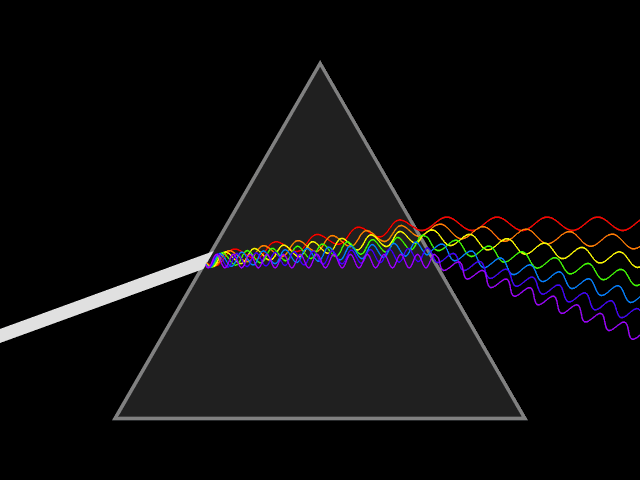
B08-Light
 |
B05-Waves |
B06-Sound |
 Proficiency Standards |
 B08-Light |
| B07 Electromagnetic Waves |
| What are waves? |
 How do electromagnetic waves move? How do electromagnetic waves move? (Mastery) |
 What electromagnetic waves do I use? What electromagnetic waves do I use? (Interpersonal) |
 What types of waves are there? What types of waves are there?(Understanding) |
 Where in the universe do electromagnetic waves come from? Where in the universe do electromagnetic waves come from?(Self Expressive) |
|
Take every day before sleeping! Vocabulary Review Activities BrainPop Animations and Practice Quizes 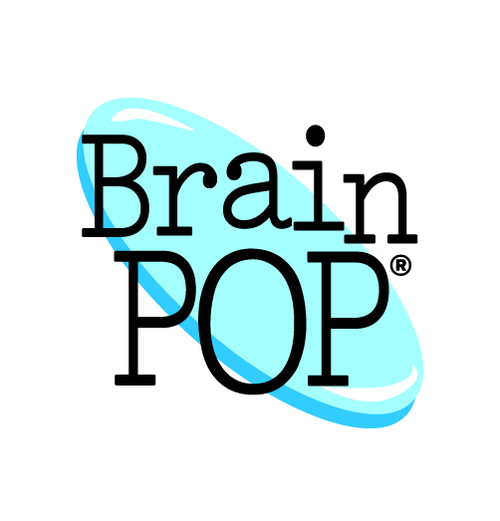
|
Vocabulary Nature Of EM Waves Chapter 3 Section 1: Pages 76-79: Waves of the EM Spectrum: Chapter 3, Section 2 Pages 80-88 Producing Visible Light Chapter 3, Section3 Pages 90-93 Transmitting Waves: Chapter 3, Section 4 pages 94-99
NG
Magic of Light and Sound |
| Labs & Videos |
| Engage Discrepant Event |
Explore Research |
Explain Write-Up |
Elaborate New situations/applications |
Evaluate project to share |
| Reading & Math Work |
|
|
| Projects by Learning Style and Media Type |
| Spectrum Project Page Instructions and resources |
SpectrumProject
Worksheet Spectrum Project Mock-Up Spectrum Project Flip Book Template Spectrum Project Poster Template Pictures Spectrum Project Rubic Textbook Pages 84-5 |
 Sensing-Thinking
(Mastery) Sensing-Thinking
(Mastery)Facts
|
 Sensing-Feeling
(Interpersonal) Sensing-Feeling
(Interpersonal)A time when you...
|
 Intuitive-Thinking
(Understanding) Intuitive-Thinking
(Understanding)Playing with facts
|
 Intuitive-Feeling
(Self-Expressive) Intuitive-Feeling
(Self-Expressive)Creating new possibiliteis
|
|
|
|
 Live
Presentation Project Live
Presentation Project
|
| Essential Vocabulary & Concepts |
| Picture | Core Knowledge or
Concept |
 |
Electromagnetic waves
carry both electrical and magnetic energy. In a vacuum (outer space), they travel at the speed of light, 300,000km / second. Electromagnetic radiation is the energy transferred by electromagnetic waves. |
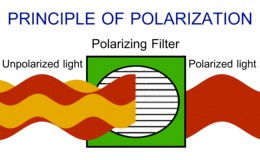 |
Wave Model of
Electromagnetic Waves (Light) EM waves act like transverse waves. By using polarized filters or lenses, waves that are vibrating in certain directions can be blocked like a rope waved through a picket fence. |
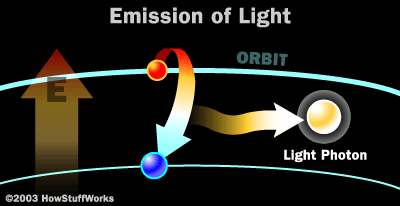 |
Particle Model
of Electromagnetic Waves (Light) A photon a tiny packet of light that acts as both a wave and a particle. They are created when electrons lose energy or when protons fuse in the sun. They can create electricity when they hit electrons in solar panels. |
 |
A
ray is a straight line
used to represent a light wave in diagrams and in mathematics. |
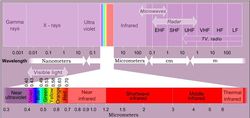 |
The electromagnetic
spectrum
is the entire range of frequencies and wavelengths of electromagnetic
waves including the visible spectrum that we see as colors. (i.e.
radio waves, microwave, infrared, visible light, ultraviolet, x-rays,
gamma
rays.) |
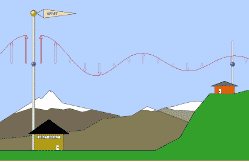 |
Radio Waves: Long waves with low energy, these are used in AM/FM radios, HAM and short-wave radios, walky-talkies, baby monitors, and the like. |
 |
Microwaves: Shorter radio waves are called microwaves. Water in microwave ovens responds to these frequencies by vibrating and heating up. Radar systems and some communication devices use these frequencies. |
 |
Infrared waves Just below the visible spectrum is infrared light. It is given off by everything that radiates heat. Thermograms can pick up these heat rays, giving us a way to see in the dark using cameras that convert infrared to visible light. |
 |
Visible Light Red, orange, yellow, green, blue, indigo, violet and all shades between. These are the frequencies that our eyes can see. |
 |
Ultraviolet Rays High frequency light waves that bees and other insects can see, but humans can not. Skin responds by darkening (tans) and making vitamin D. Ultraviolet light can kill or mutate cells by breaking DNA and causing mutations. |
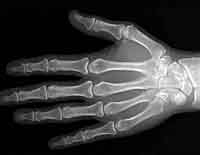 |
X-Rays High energy rays that can penetrate soft tissues, leaving white spots on film where they were blocked by bone or other dense things. Engineers use them to find cracks in metals and cement structures. |
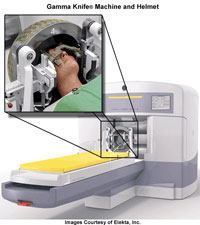 |
Gamma Rays The most energy with the shortest wavelength & highest frequency. They are the only rays strong enough to escape some stars in large bursts. Used in medicine to kill tumors using tools like the gamma knife (left) |
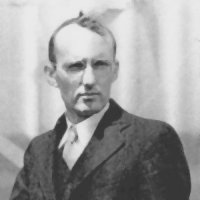 |
Scientist Karl G. Jansky (1905-1950) Bell Laboratories Engineer Invented Radio Astronomy when he was looking for sources of static that could interfere with the newly invented radio broadcast systems. He concluded that the biggest source of radiation was coming from the Mily Way galaxy. |
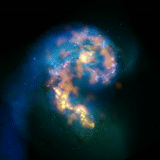 |
Technology Radio Telescopes: The Atacama Large Millimeter/submillimeter Array "ALMA's test views of the Antennae show us star-forming regions on a level of detail that no other telescope on Earth or in space has attained. This capability can only get much better as ALMA nears completion," said Dr. Mark McKinnon, North American ALMA Project Manager from the NRAO in Charlottesville, Virginia. |